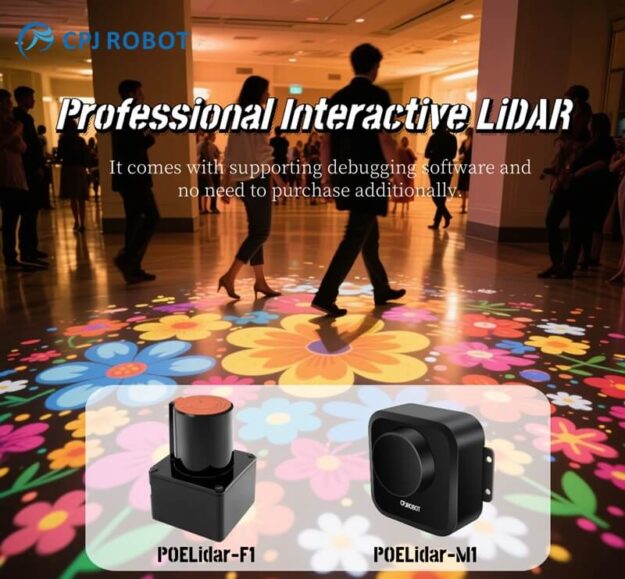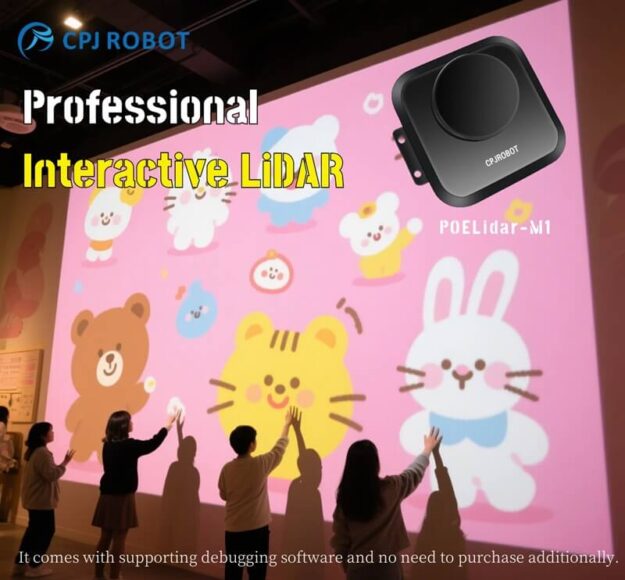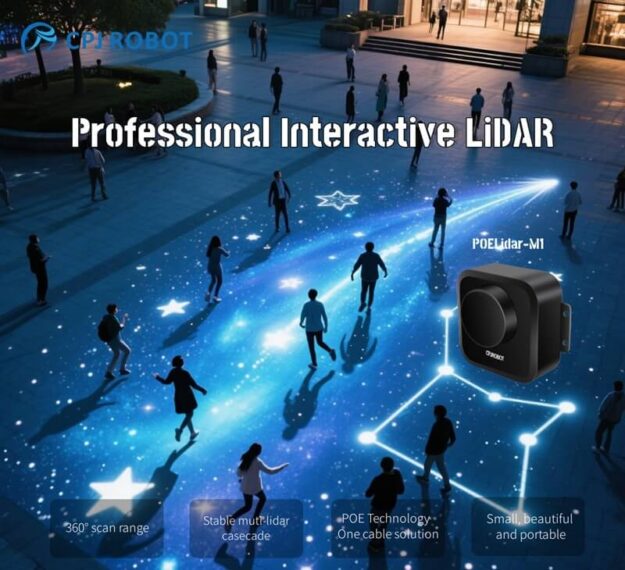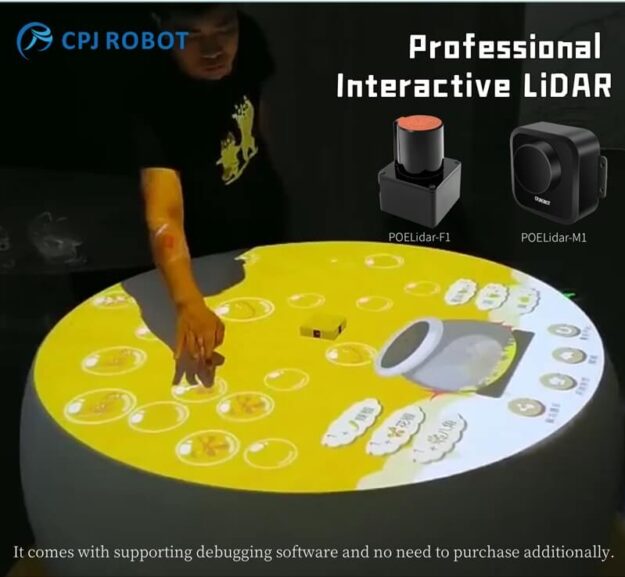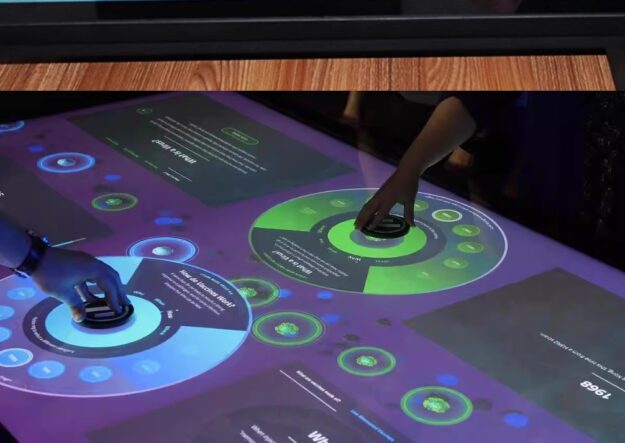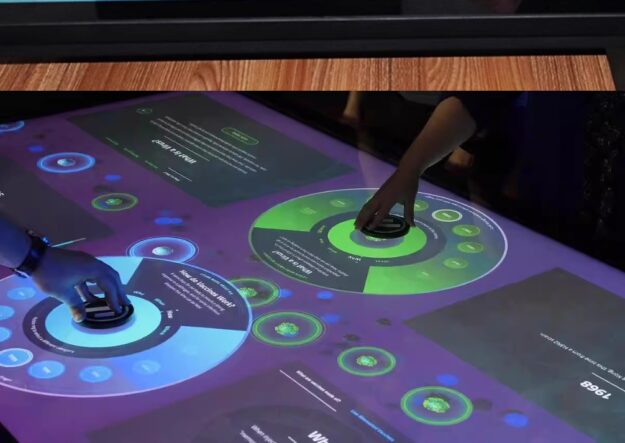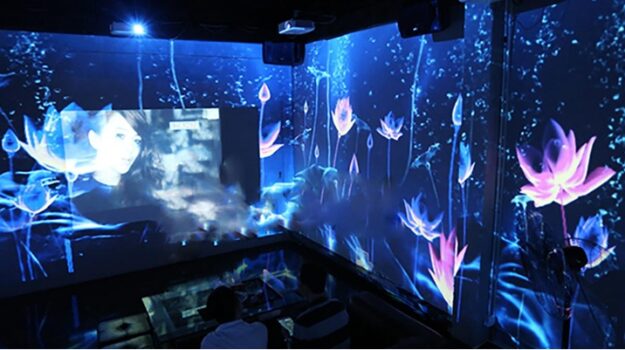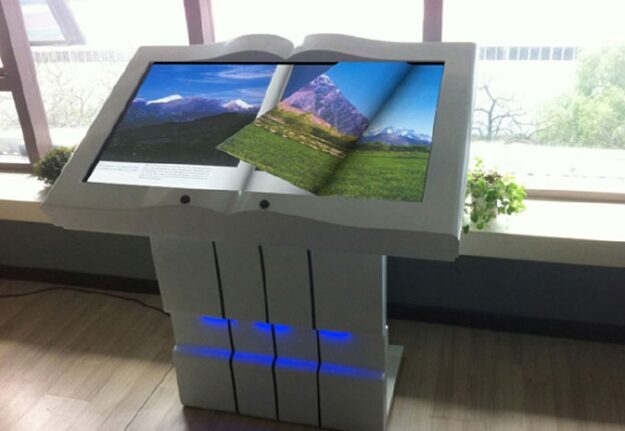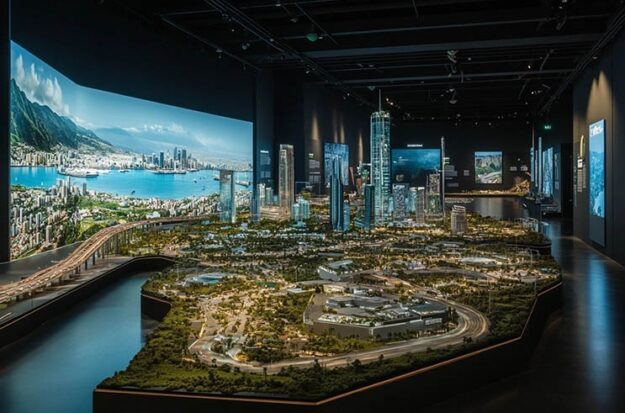Unlocking Large-Scale Interaction: Application Scenarios of Multi-LiDAR Cascading
Introduction As demand grows for large-area, high-precision, multi-point interaction, traditional single-sensor systems can no longer meet the needs of modern interactive environments. Multi-LiDAR cascading—the integration of multiple LiDAR devices or chips—offers a powerful solution by expanding detection range, enhancing resolution, and supporting multiple users and touchpoints. In this article, we explore real-world application scenarios where…

